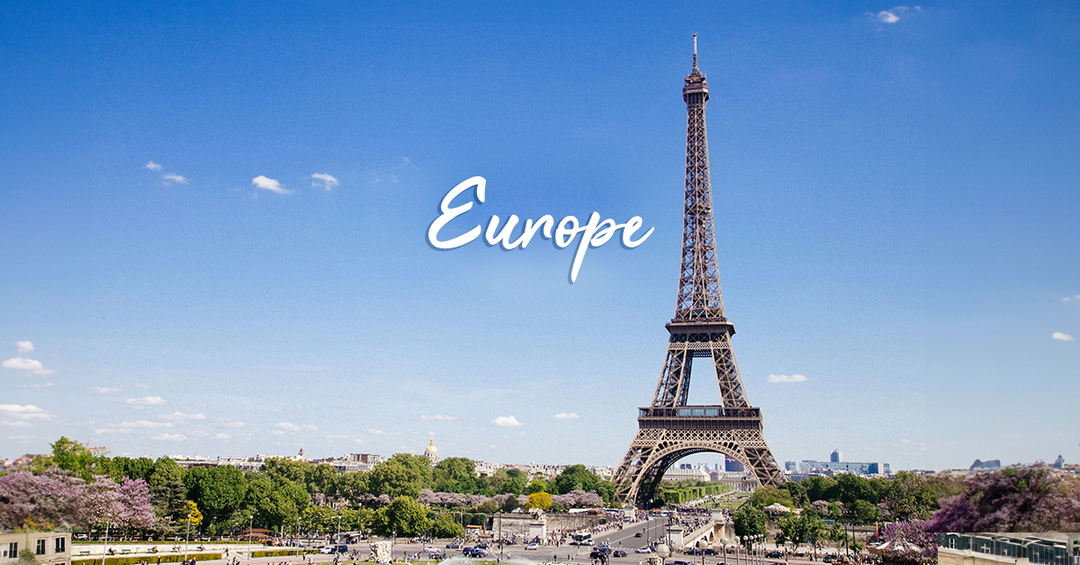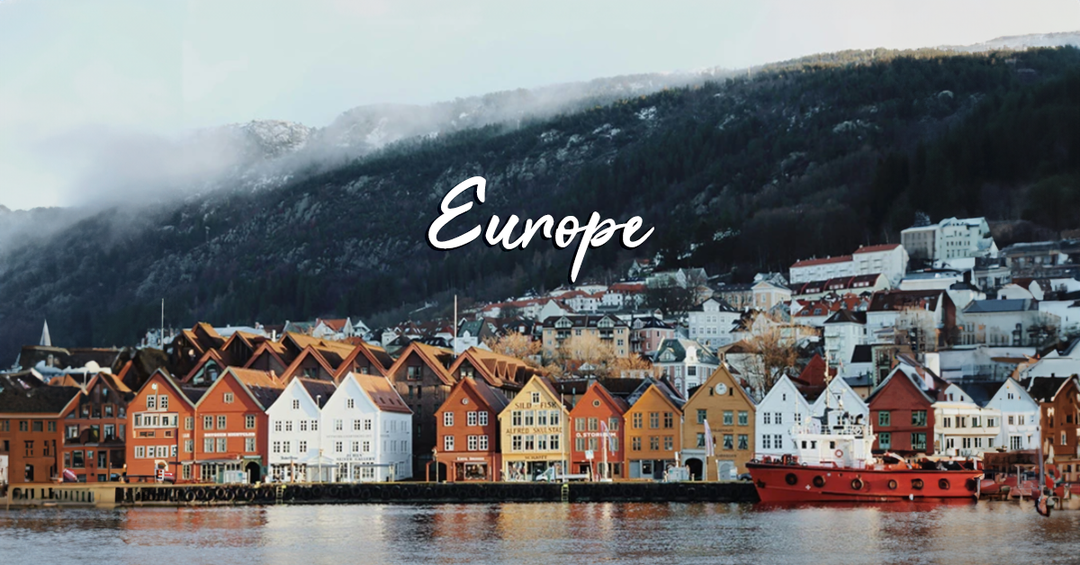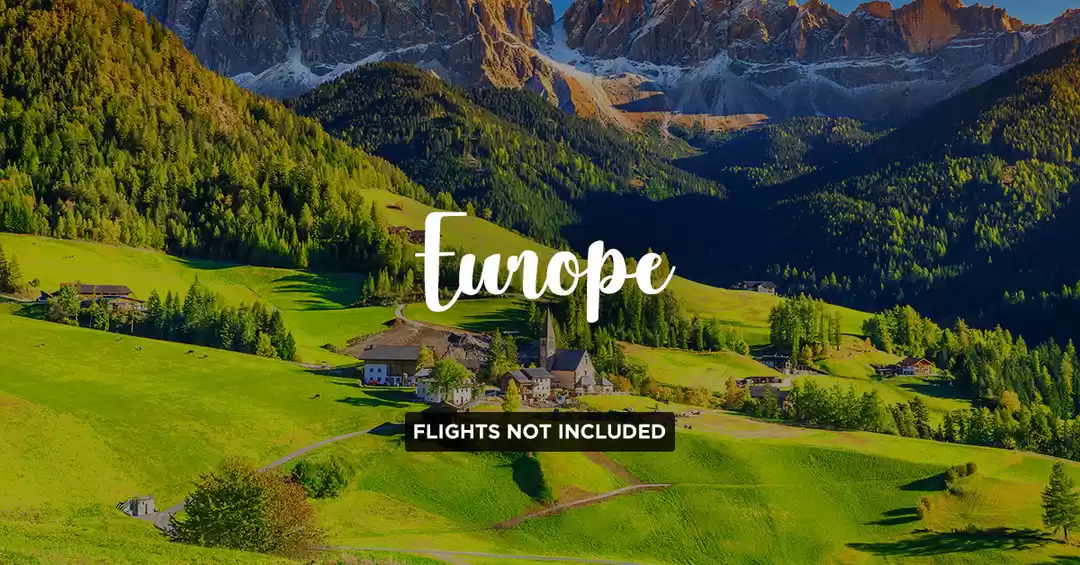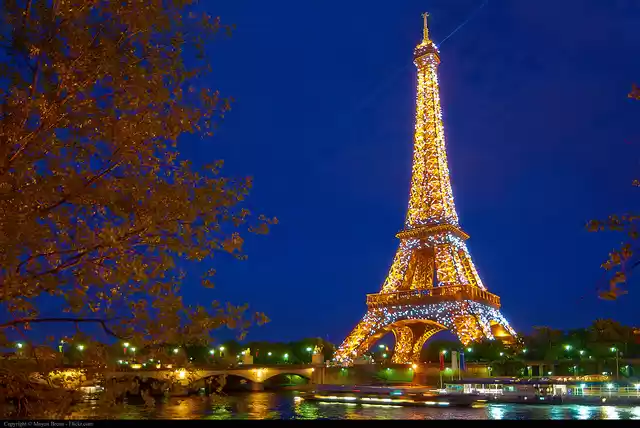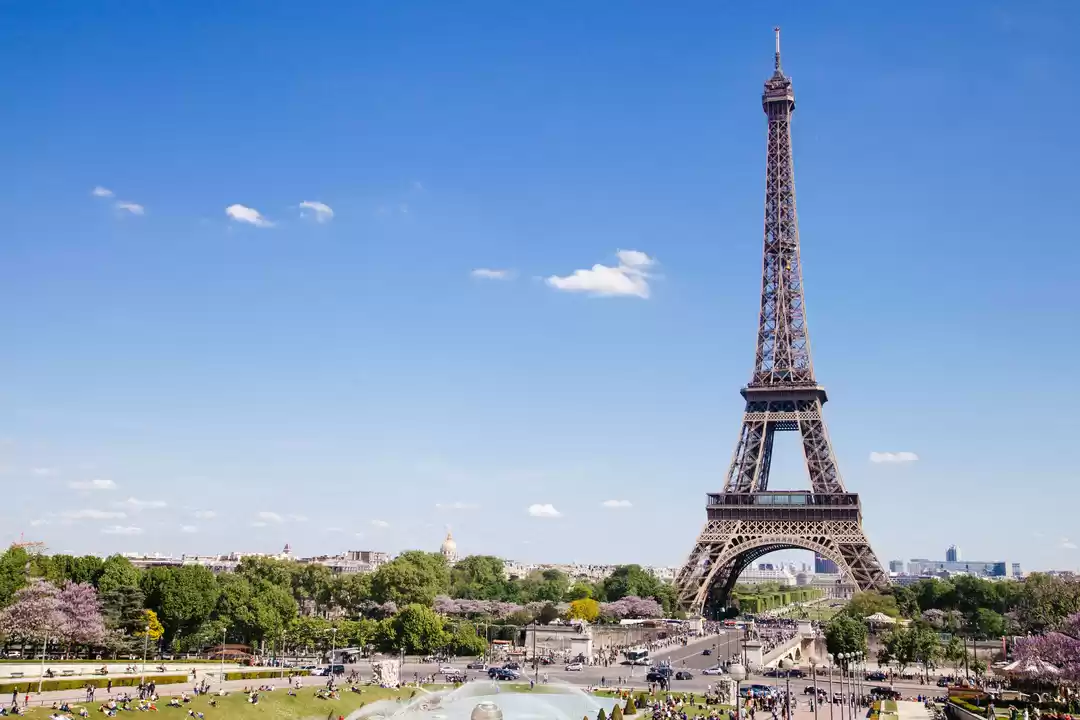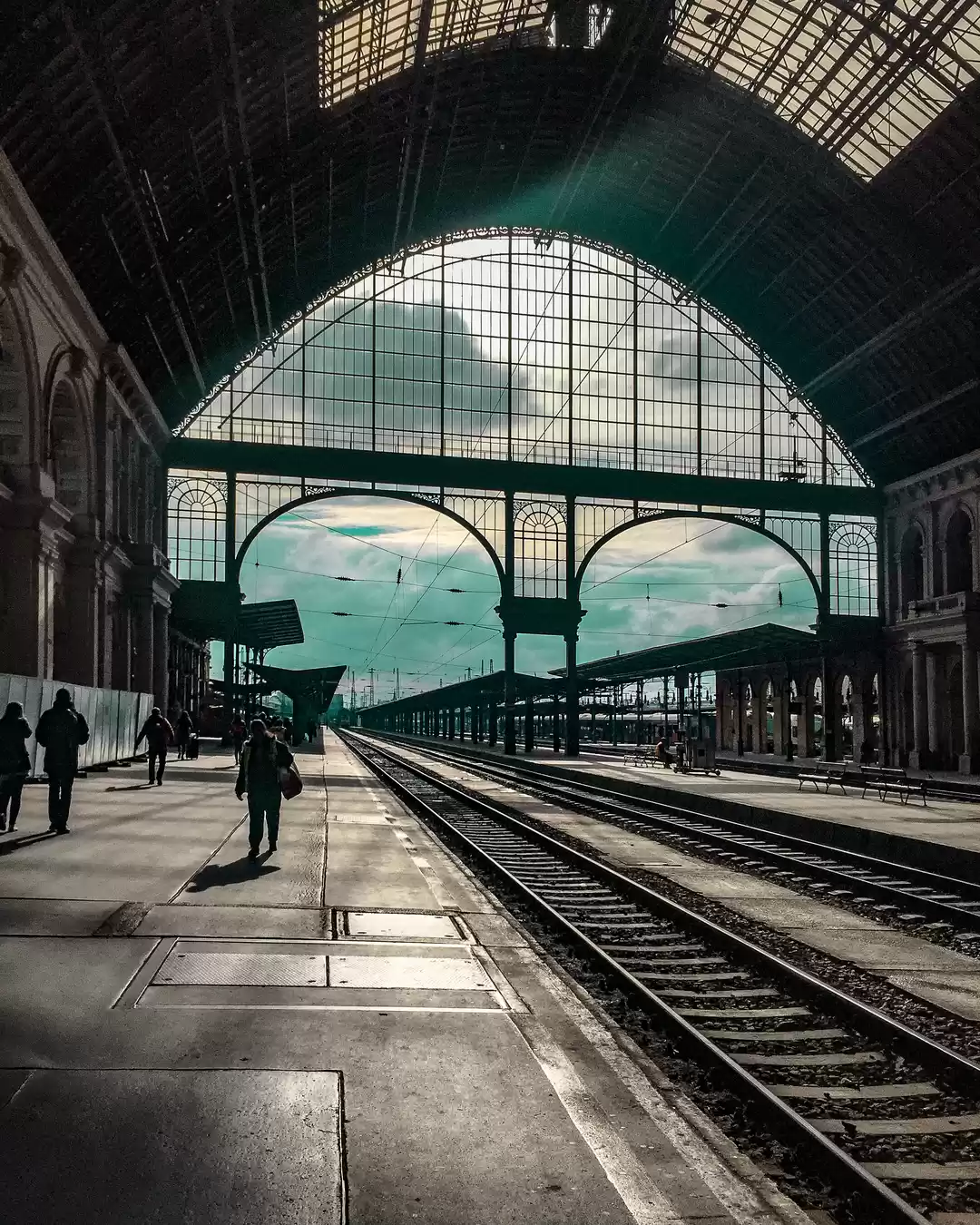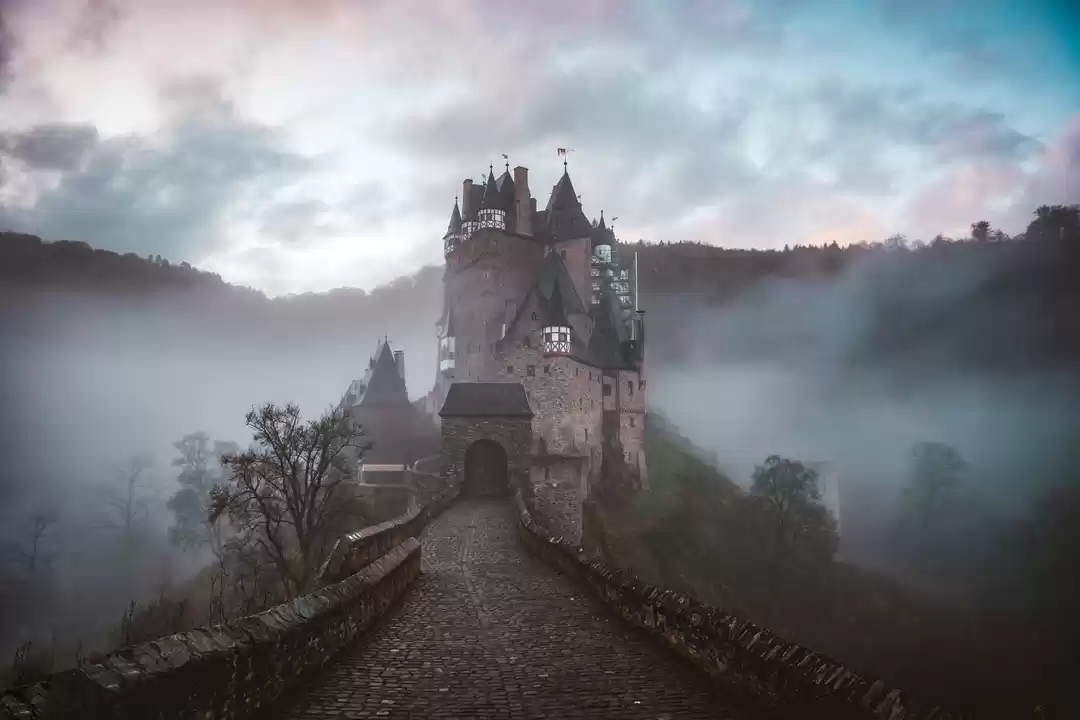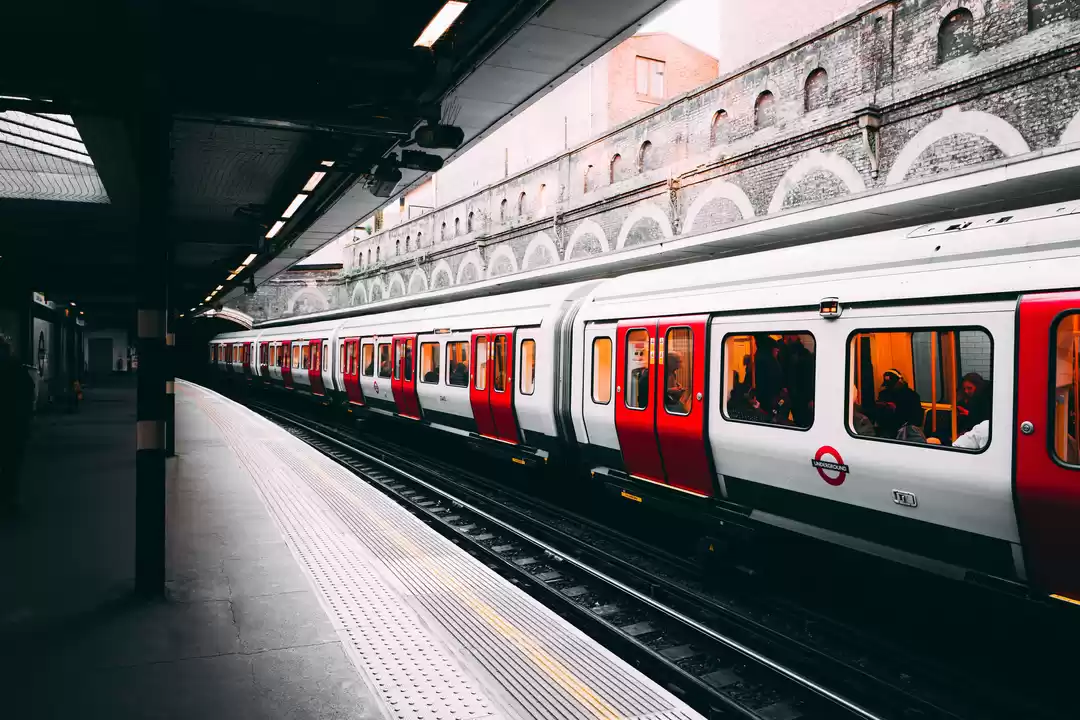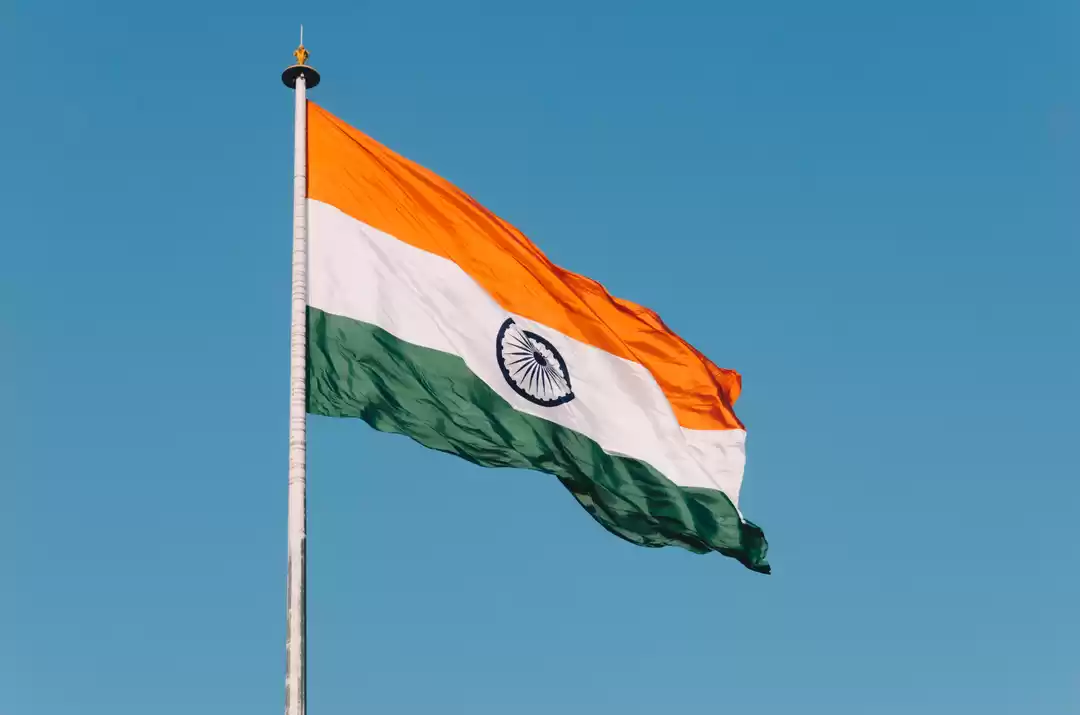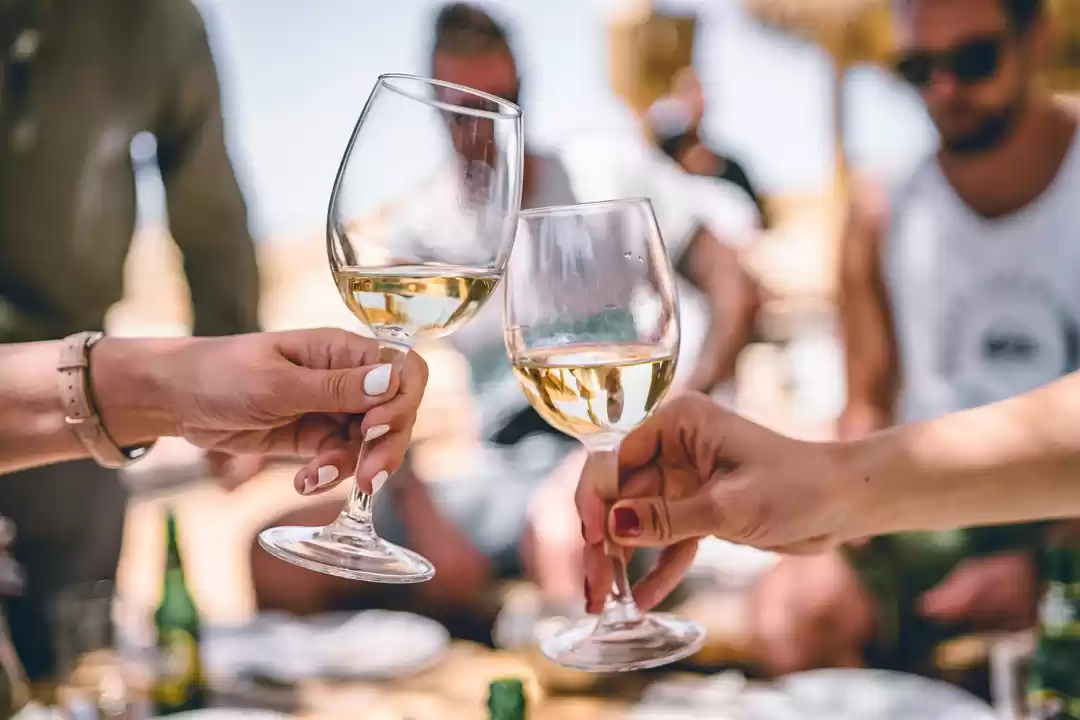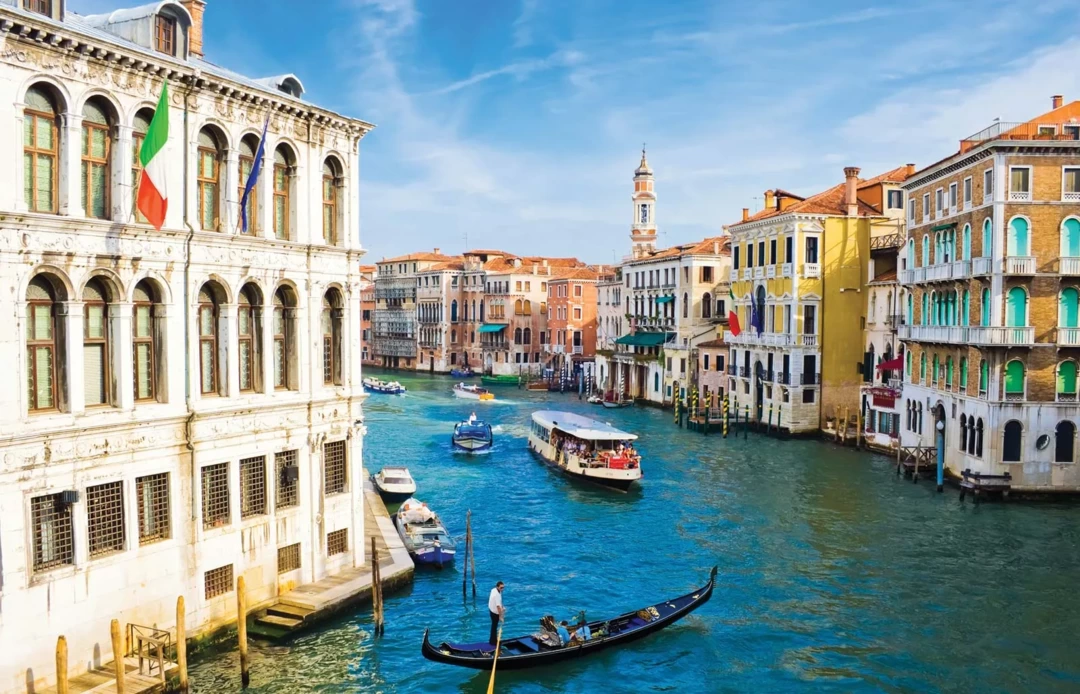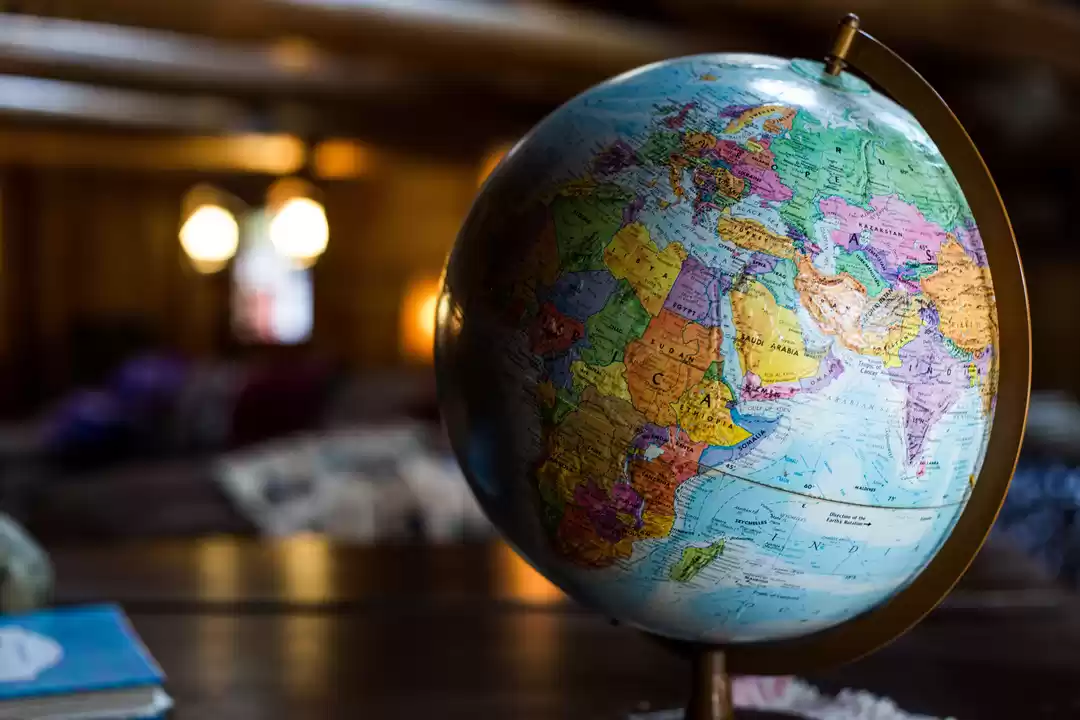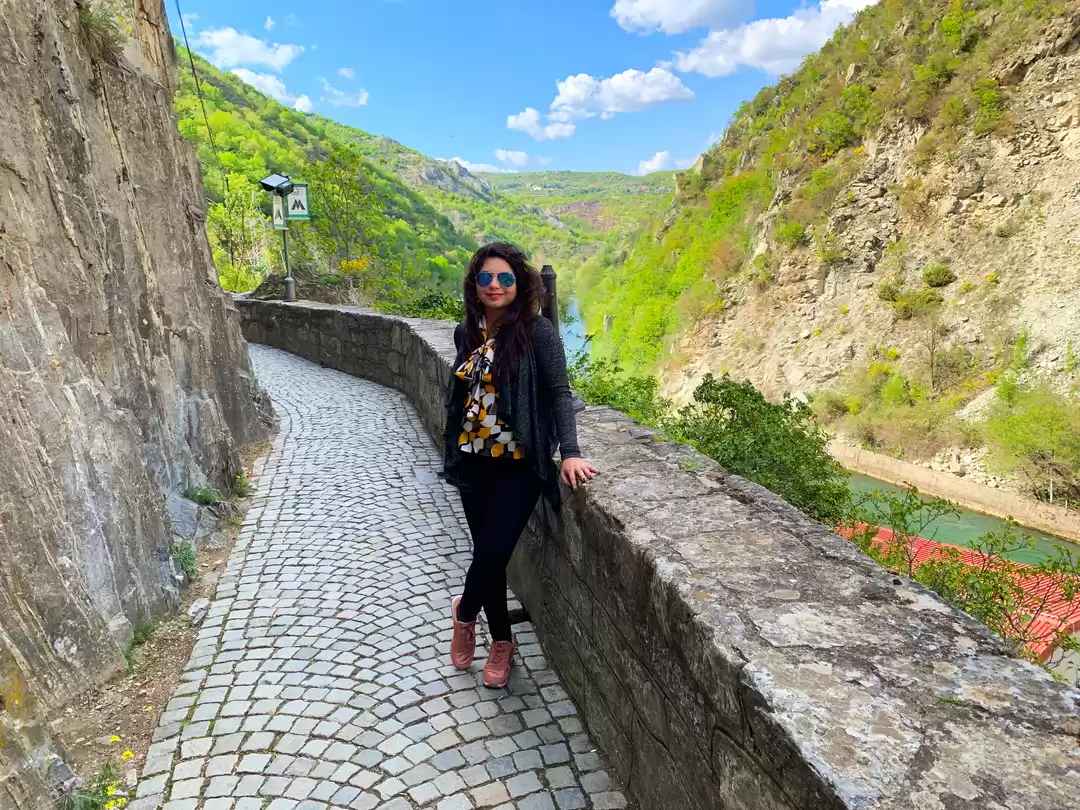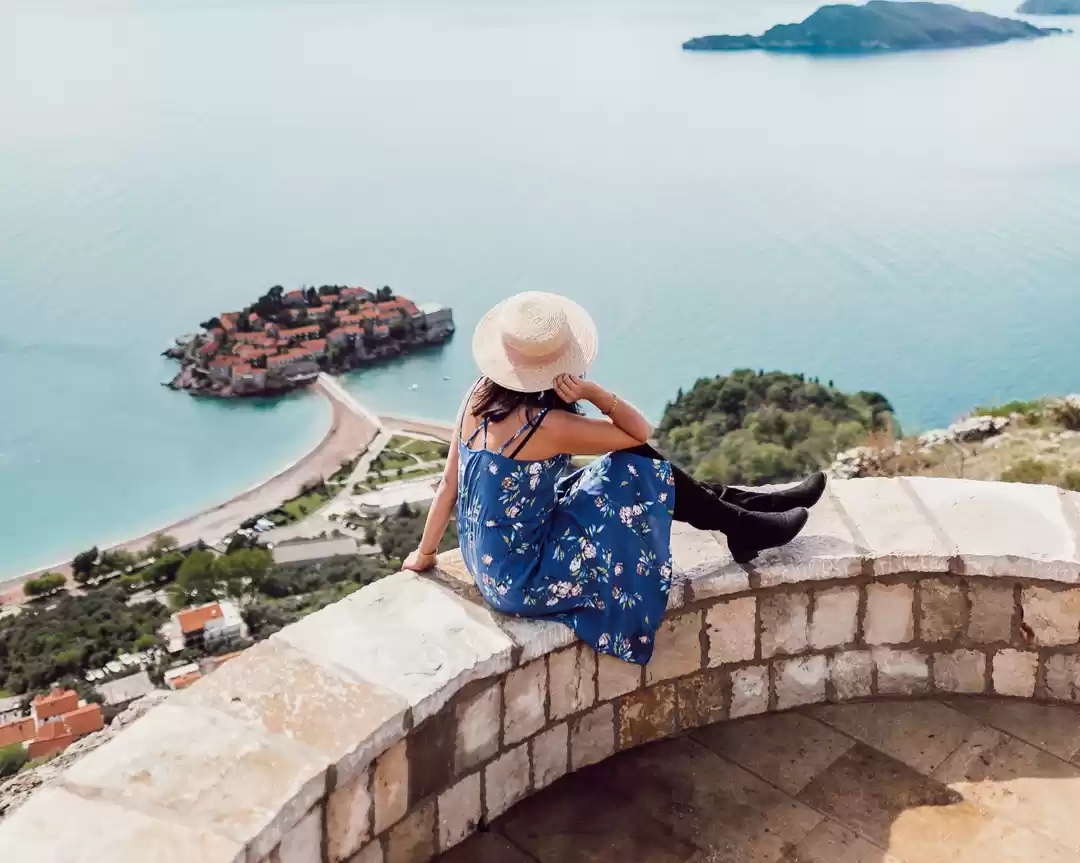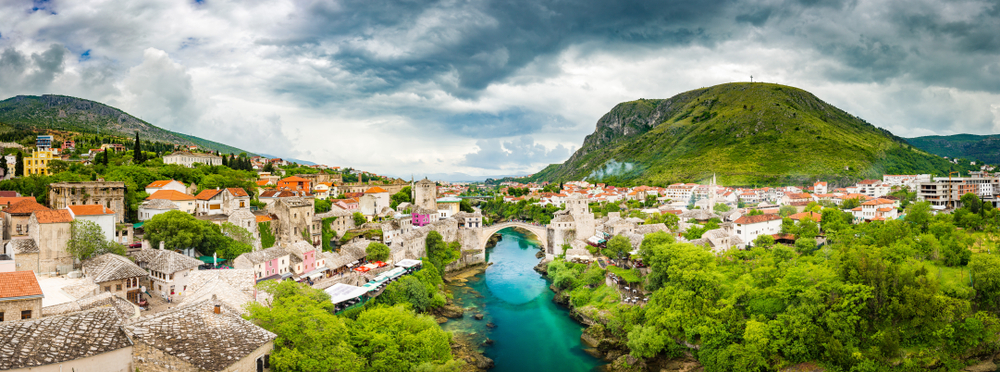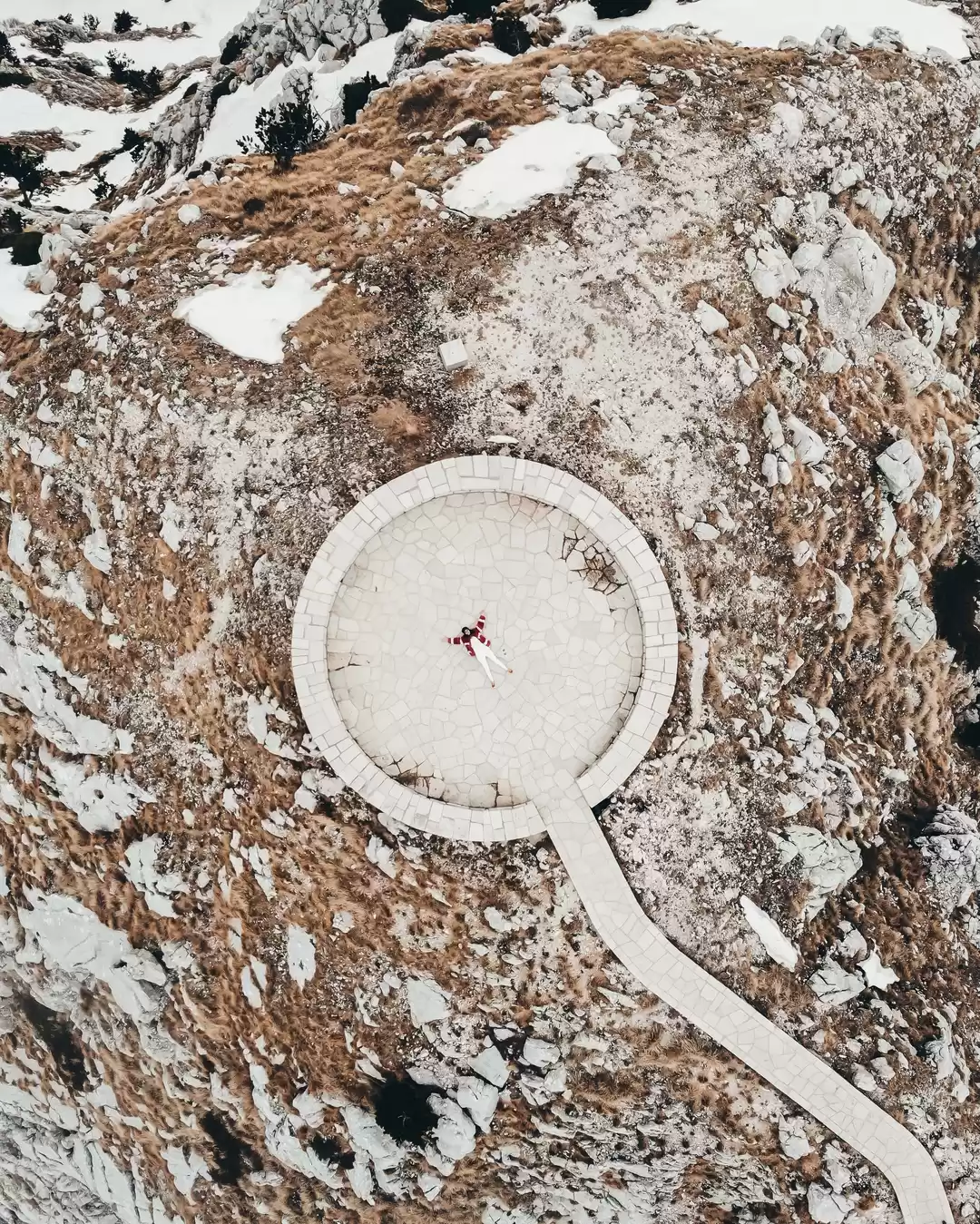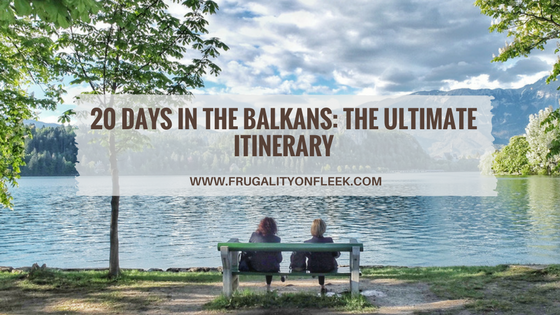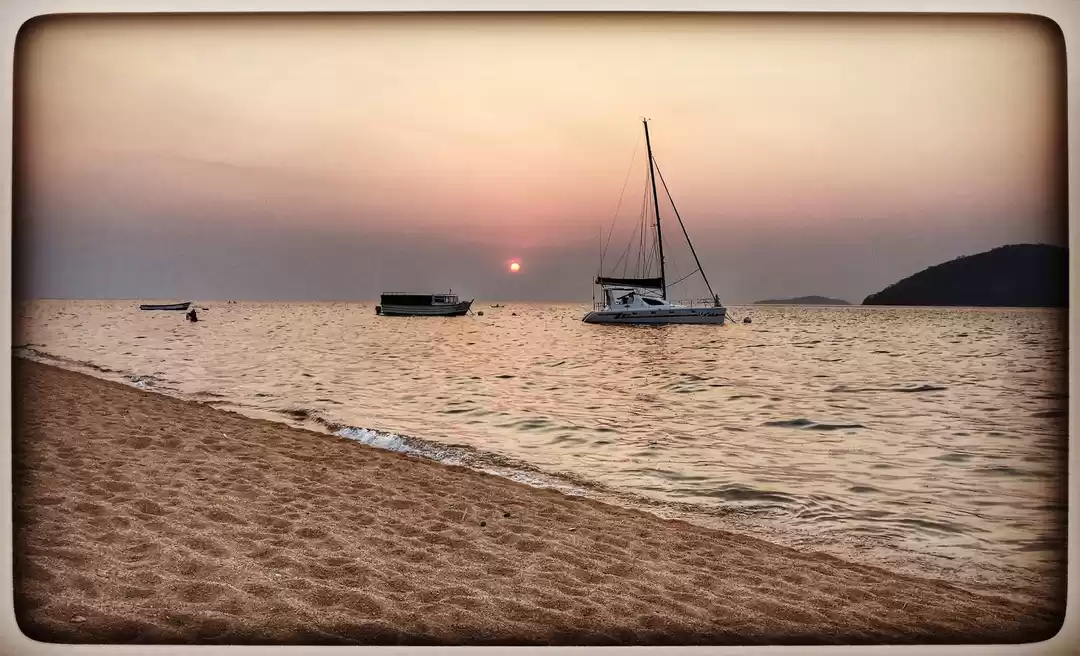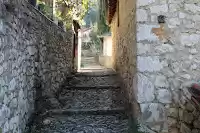Macedonia is a country made up of many ethnic groups: Macedonians, Albanians, Turks, Roma, Serbs, Vlachs and many others all live together peacefully in the same country even though I often had the feeling that this coexistence looks can be interrupted at any time. It is not surprising that the word Macedonia (fruit) derives from the mixture of races in this region of the Balkans.
The main attractions of Macedonia 's capital Skopje (in a few days I will write a more detailed article on what to do in Skopje) and Lake Ohrid (read Ocrid).Skopje is not very big and one day just to visit the center and the city old. If you have more time you can use it as a base to visit Pristina, the capital of Kosovo, taking the bus and doing the trip in one day.
Ohrid is about 3 hours drive from the capital, but it is definitely worth going there. It 'a city built on the shore of the lake on the border with Albania, and is superb. It 's the most well known tourist resort of Macedonia, especially in high season.
On the road from Skopje to Ohrid is worth a worth making a detour to the Mavrovo National Park and the ski resort, where there is a church half-submerged in the waters of the lake. Unfortunately when I went there the water level was very low and then the church was dry.
Going to Macedonia does not mean doing the usual holiday, but it is a real journey back in time. In more remote areas really seems as if time has stopped. Sometimes you see people who still run with the coaches and the contrast between Skopje and the surrounding villages is often enormous.
Macedonia is a poor country where wages do not exceed € 450 per month € 300 in the capital and elsewhere in the country.But some are willing to work for 150 € per month. Unemployment is extremely high and the cost of living is quite high for those who live there. If we compare their salaries with our Italian is as if we pay € 4.5 per liter of petrol. The machines outside of the city are in fact very few: a full tank of petrol for many means 3/4 working days.
Skopje is not very big: about 670,000 people living there and architecturally is not particularly interesting. It 'been repeatedly destroyed by devastating earthquakes and finally ruined, perhaps did more damage than the earthquake, Tito and typical communist architecture he loved so much. Despite this there are some pleasant surprises.the city is bisected by the Vardar River, to the south are the new neighborhoods and to the north the old town (Carsija) and the older buildings that have withstood the earthquakes.The city center is Plostad Makedonija, the main square. The pedestrian zone stretching from the square to the old town to the old bazaar of Carsija (the old town).Before continuing on the stone bridge is worth making a detour to the right to see the beautiful town museum surrounded by dozens of statues.Continue towards the old town where you will find the largest bazaar in the Balkans. Wander aimlessly for a while 'and you will surely be surprised by how many jewelers and clothes shops (very tacky) you will find along the main street.When you'll be tired of walking you can dedicate to one of my favorite activities: try the local cuisine. In Carsija you can enjoy the best Kebab in the Balkans. Do not miss the opportunity, perhaps accompanied by local beer Skopsko. Compared to our Kebap, that Macedonian is a bit 'different, is served on a plate and served with hot peppers are eaten raw, onions, bread and salad. The Macedonian salad is not exactly as you would expect: no salad! In its place there are tomatoes and cucumbers cut into cubes and covered with a mountain of grated cheese. Different from the usual but I liked it very much!


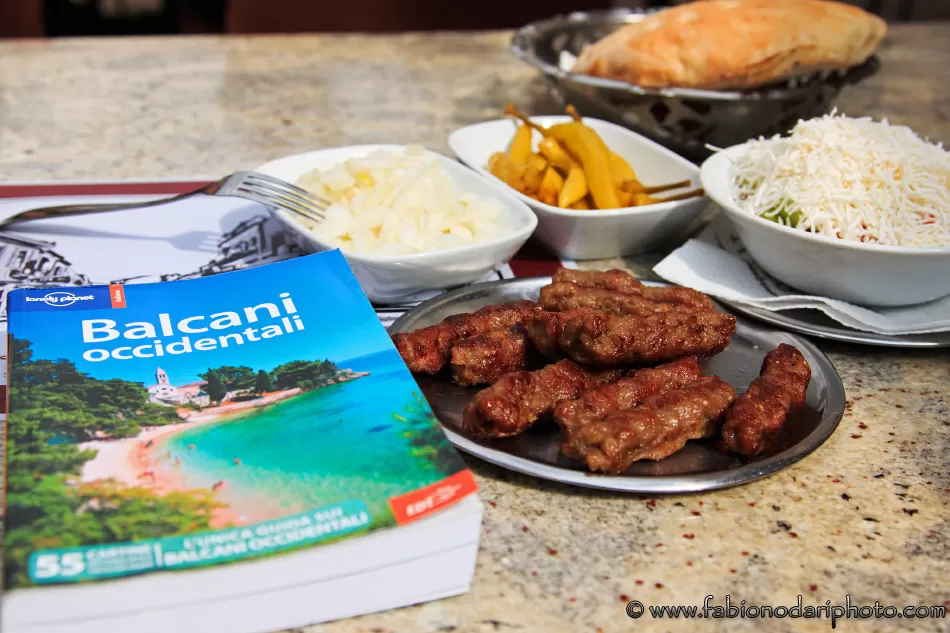
When you have finished eating, you can dispose of Kebap taking a walk up to the fortress Kale, surely one of the things to see in Skopje. During the time that I went I was undergoing some renovation but I still managed to take some pictures from the walls. The view from the fort is remarkable and I think it's worth a ride. Immediately behind the fortress is the Mustafa Pasha Mosque. Mosques are many in Macedonia and are often built close to the Orthodox churches. A contrast that we Italians are not used.

Ohrid is certainly the most evocative of all the state and one of the finest in the Balkans. The city is located on the eastern shore of the lake of the same name that is one-third to two-thirds Albanian and Macedonian. And 'one of the oldest lakes in Europe and certainly one of the most clear: despite being surrounded by villages, the water is as clear as in the Alpine lakes. It 'also one of the deepest reaching approximately 300m.The first day you set out to explore the old town. On top of the hill there are the walls of the castle of Car Samoli and worth a stroll to admire the breathtaking views.Once at the top you can get off along the forest trail that will take you to the church of Saint Panteleimon, a very unusual building.Built as a basilica, was changed during the Byzantine and Slav, then destroyed and turned into a mosque by the Ottomans. currently are in the course of work in the surrounding space to build a school of theology. We'll see if the final project will respect the architecture of the church.Continuing on the path you will find yourself in front of the symbol of Ohrid: the church of Sveti Jovan Kaneo. Perched on a rock overlooking the lake is one of the most picturesque views of the Balkans.On the second day you can take a boat trip on the lake and buy some souvenirs. Unlike most tourist places, in Ohrid you can still find something authentic, as some shops working metals and paper in hand.For lunch you can dedicate to the local cuisine. They are very good dishes based on fish from the lake, but avoid eating the Ohrid trout, a species in danger of extinction.If you still have a few days it may be worth making an excursion in the Prespa lakes, where it nests the Pelican Riccio.


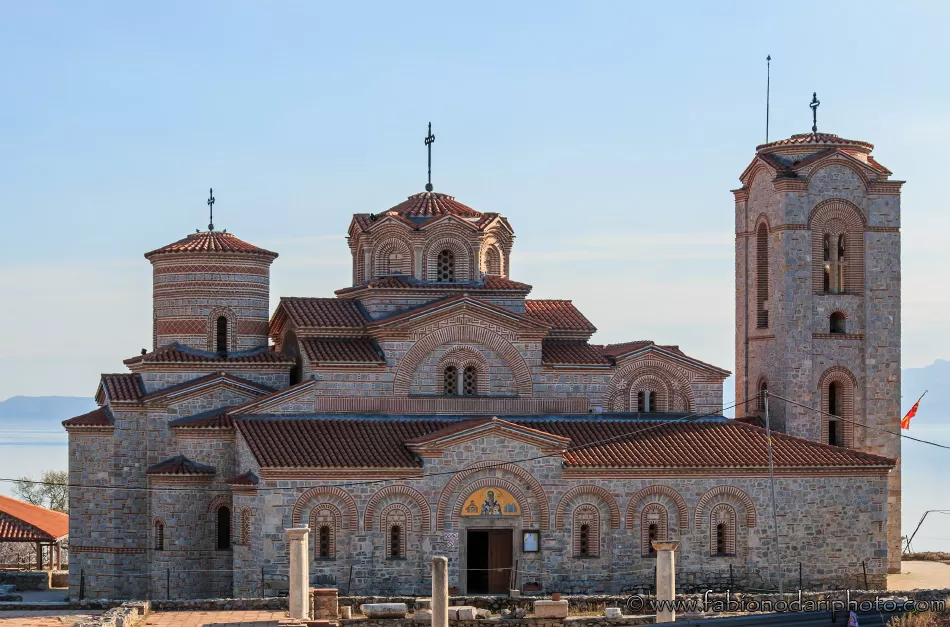
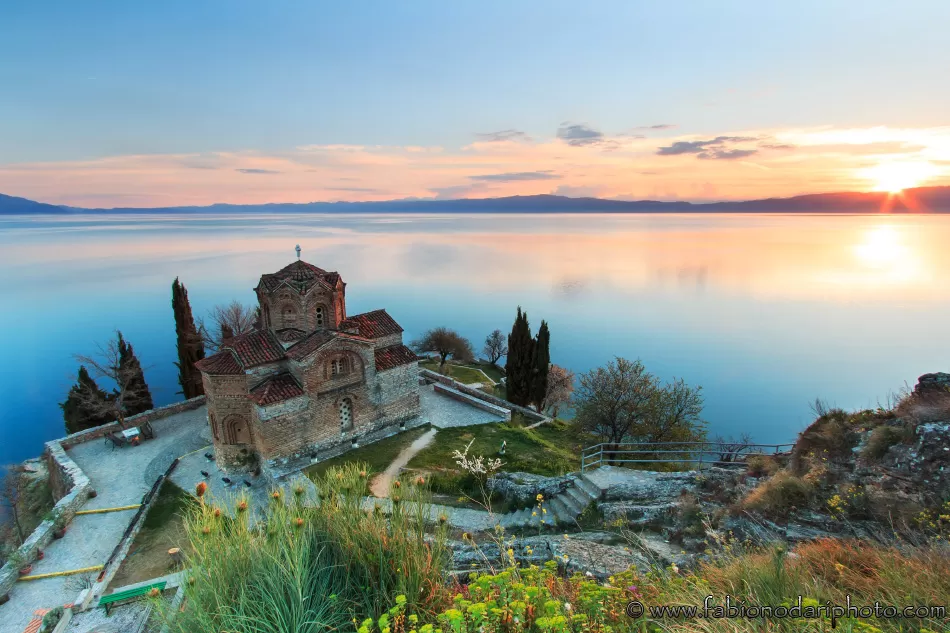
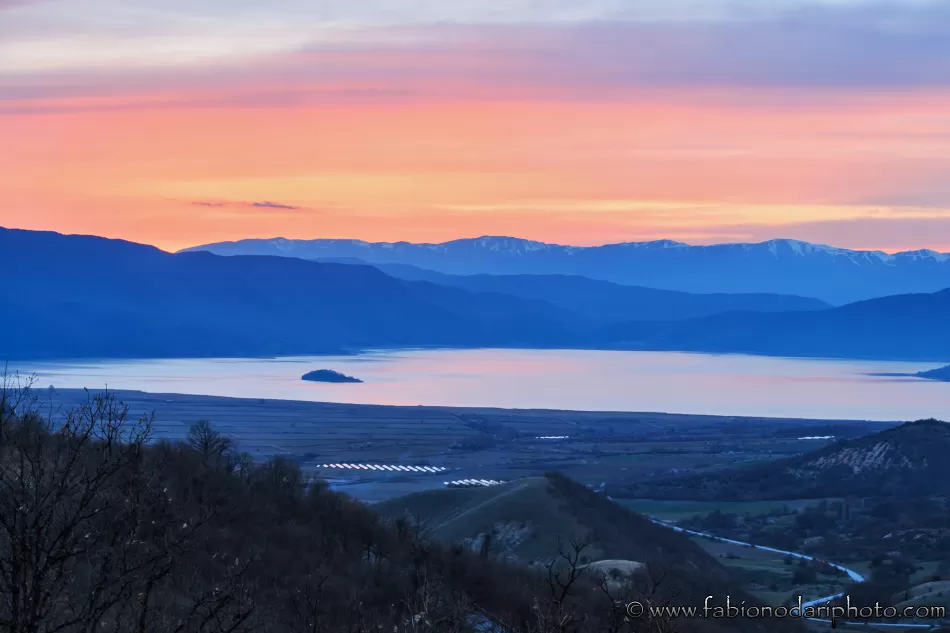
The blog was originally published on fabionodariphoto.com

















